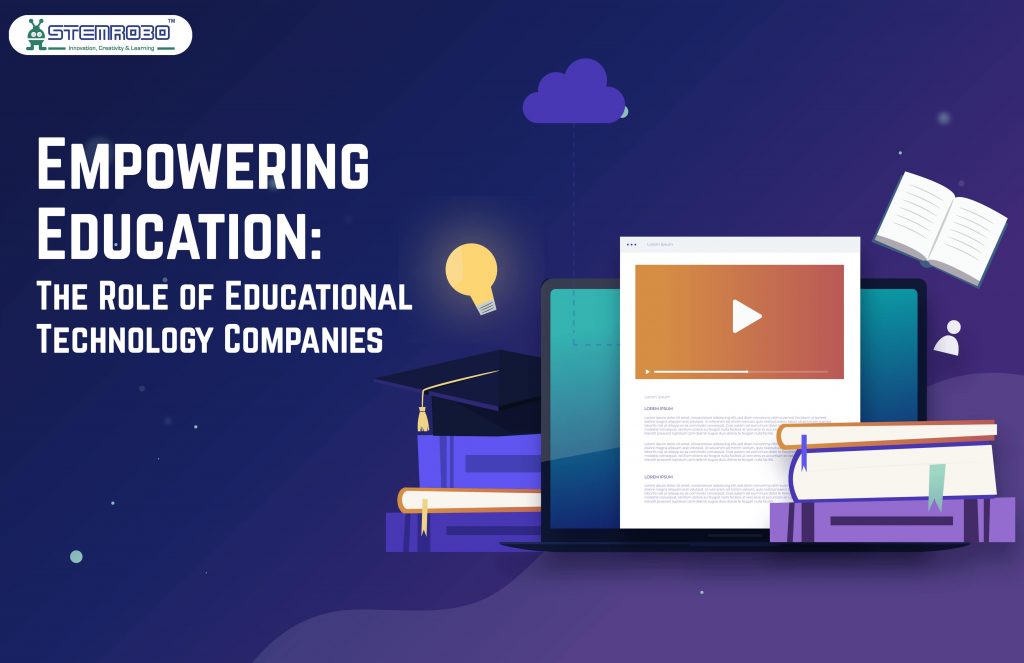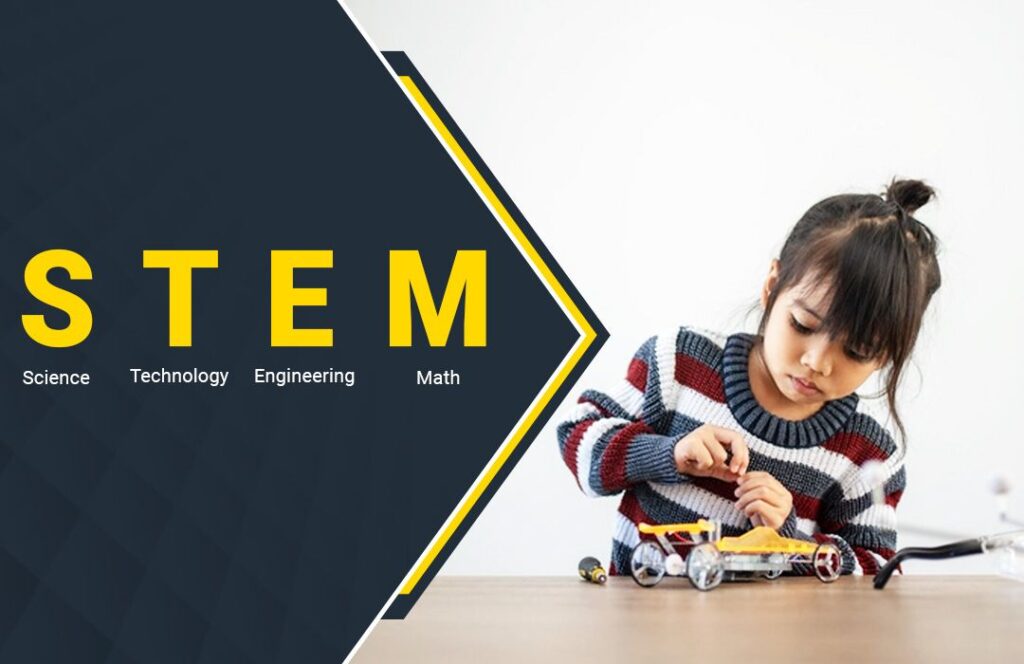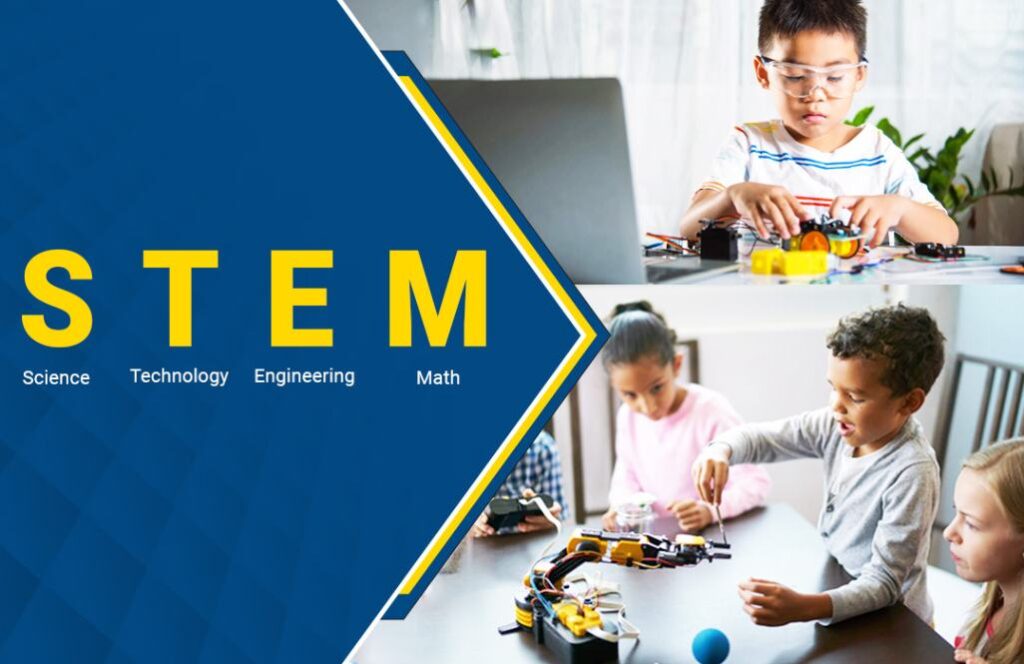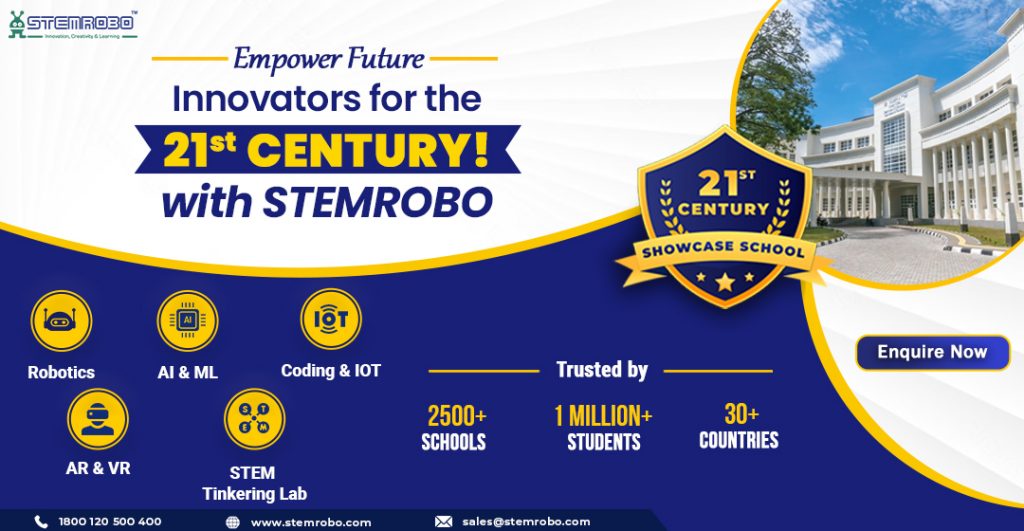Empowering Education: The Role of Educational Technology Companies
We are aware of the increasing significance of 21st century abilities in the modern world. It is our duty as parents and mentors to ensure that our kids can acquire these 21st century abilities from a young age. To do this, we need to provide our kids with the right guidance, study materials, and curriculum so they can easily pick up skills outside academics.Do you agree? We always make sure our kids get the best teachers for math and science, and all other subjects. We also want them to have great teachers. The teachers can show them cool new technologies and concepts. They can teach them to use it for fun in daily life. Today, Educational Technology Companies can help with this. They make programs and tools to teach kids about the new tech. They do it in a fun and engaging way, like an interesting after-school class! So, imagine students diving into the world of education with a twist. They’ve got all sorts of awesome curriculums and DIY Kits, from engaging curriculums to hands-on projects students can become future-ready and learn all the required 21st-century skills. These companies are not just about hitting the books or some readymade curriculums; they’re all about showing students how the the concepts they are learning are applied in real-life. Instead of just reading about the academic concepts, school should invest in these companies as they bring the academic concepts to life using technologies like AI, augmented reality (AR), and virtual reality (VR). Suddenly, students not just memorizing facts; they are exploring the exploring the concepts and will start learning by doing. It’s all about making learning super interactive and fun, while also giving you a taste of what’s out there beyond the textbooks. So, whether students are building robots with a DIY kit or exploring ancient civilizations through VR, these companies are all about making education an adventure students will remember for life long. Schools today should watch for education technologies companies. They bring new excitement to the classroom. These companies are like learning wizards. They create immersive, innovative environments. In these places, students and teachers can dive into the wonders of STEM, Robotics, and AI. The Role of Educational Technology Companies Empowering Education: The Role of Educational Technology Companies Imagine walking into your school. You step into a world where learning isn’t just about textbooks and lectures. And here’s the best part: they’re not just about the fancy gadgets and kits. They’ve got the expertise to back it up. They’ve made experiential learning curriculums. The curriculums spark curiosity and keep kids hooked on STEAM concepts. They go from coding to building robots. These companies know how to make learning an adventure. Turn to these companies. They will help your students be in the world of science, technology, engineering, arts, and math. With their help, your school will buzz with excitement. Students will explore, create, and discover the magic of STEAM! Trust the companies, who supply all the good quality resources required for every kid following their needs, and assign various qualified teachers to each level of student. Such as AI curriculum and AR-VR headset technology that allows students to learn concepts more quickly and thoroughly. In addition, education technology companies should have an Learning Management System to maintain a record of each child’s performance for teachers and parents to see what their children are learning and what stage they have reached. LMS should also have audio and video lectures so that students can access the STEM curriculum from anywhere in the world. You can put your trust in companies that provide top-notch resources tailored to each student’s needs. Imagine a world where every kid has access to the tools and support they need to thrive in their learning journey. These companies make it happen by supplying high-quality resources, from AI-powered curriculum to classrooms equipped with AR-VR headset technology. Students can dive into concepts faster and deeper than ever before. Whether they’re exploring the concepts of Robotics or AI or understanding academic concepts through VR headsets, the learning experience is richer and more immersive. Education Technology Company should assist educational institutions in setting up different kinds of labs (STEM, Robotics, AI, AR&VR ) by supplying the necessary equipments and, in addition, giving training to teachers and students on how to use the technological tools to improve understanding and usage of Kits and equipment’s. A well known and leading Education Technology Company – STEMROBO is dedicated to strengthening 21st-century abilities including collaboration, innovation, and critical thinking. The company’s cutting-edge teaching methodology equips students with critical thinking, problem-solving, and teamwork skills—all vital for success in the fast-paced world of today. STEMROBO is an example of the revolutionary potential of educational technology company. This organization is reshaping education and enabling students to achieve new levels of academic success by merging creativity with an enthusiasm for learning.
Empowering Education: The Role of Educational Technology Companies Read More »











